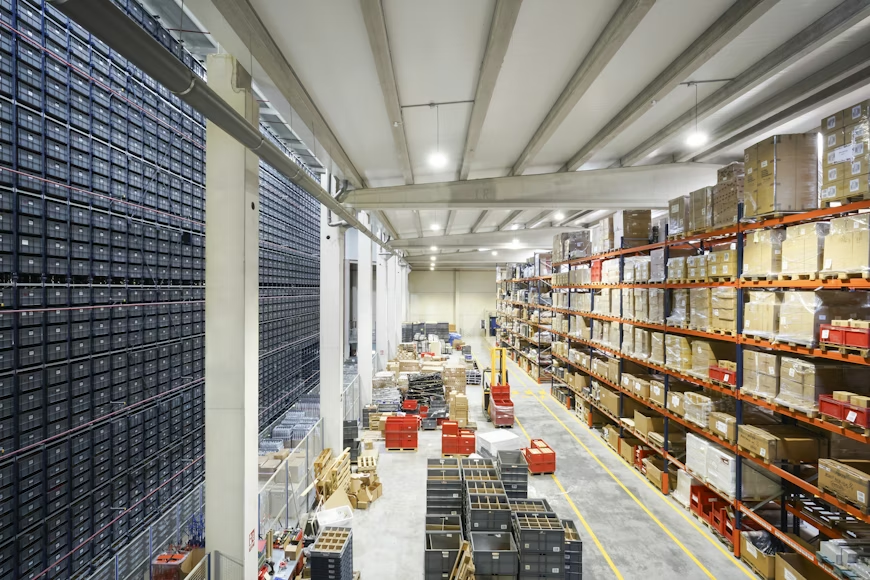The supply chain has undergone seismic shifts, particularly catalyzed by the COVID-19 pandemic. Forecasting, an already intricate process, became even more challenging with unprecedented consumer behavior and market dynamics.
In the past, businesses faced substantial losses annually due to both overstocked and understocked inventory, and the pandemic accentuated these challenges. Distinct events, like the staggering 845% surge in demand for toilet paper in 2020, created outliers that disrupted conventional data patterns. As a result, reliance solely on past usage trends for forecasting became inadequate.
Amidst this evolving landscape, organizations must reevaluate strategies to maintain competitiveness. Rather than disregarding the past two years’ data, adapting forecasting methodologies becomes imperative. This adaptation involves embracing new technologies, integrating external data sources, and fortifying supplier relationships.
Impact of the Pandemic on Predictive Analytics
Accurate inventory management stands pivotal in the supply chain. Overstock ties up capital and space, while understock frustrates customers and threatens market position. Hence, in 2020, 65% of global enterprises augmented spending on analytics, with a focus on demand forecasting. Leveraging real-time data, statistical algorithms, and machine learning, predictive analytics now aid in detecting trends for data-driven decision-making. These insights extend beyond inventory planning, assisting in identifying business opportunities and scheduling equipment maintenance.
The pandemic generated fluctuations in supply, demand, and sales, leading to an influx of data that challenges accurate forecasting. Companies across industries, from automobile manufacturers to sporting goods producers, pivoted operations towards manufacturing personal protective equipment (PPE) in response to fluctuating demands.
Furthermore, global shortages of critical technology components exacerbated procurement challenges, intensifying competition among suppliers. These shifts highlight the complexity of the current supply chain landscape, emphasizing the inadequacy of relying solely on selective historical data for future predictions.
Strategies to Sustain Competitiveness Amidst Supply Chain Evolution
Instead of dismissing or allowing extraneous data to cloud forecasts, recalibrating forecasting approaches becomes pivotal. Adopting a broader range of data sources, leveraging real-time insights, and exploring new supplier opportunities can ensure informed decision-making and meet evolving demand.
- Diversify Data Sources: Augmenting internal data with external sources, such as consumer behavior data or intelligence from industry associations, enhances forecasting accuracy. Partnering with other organizations to exchange data or employing blockchain technology for streamlined data access can significantly improve supply predictions.
- Contractual Relationships: Transitioning from broker-mediated relationships to direct contracts with partners can provide stability in supply sources and pricing. Direct agreements can mitigate delays and uncertainty commonly associated with traditional supply chain structures.
- Explore New Supplier Networks: Expanding the supplier portfolio, especially considering smaller, independent suppliers, can offer alternative sourcing options during challenging periods or supply disruptions.
- Invest in Technological Integration: Modernizing tech infrastructure, incorporating enterprise resource planning (ERP) systems with robust analytics capabilities, and integrating real-time data through sensor technology (IoT) stored in blockchains can revolutionize predictive capabilities. This integration enables informed decisions about lead times, automates inventory management, and optimizes maintenance scheduling.
The pandemic has redefined the supply chain, necessitating a paradigm shift in forecasting strategies. Adapting to this new reality demands embracing cutting-edge technologies, innovative thinking, and a data-centric approach to supply chain forecasting.
Catch the latest in supply chain news on The Supply Chain Report. Visit ADAMftd.com for free international trade tools.
#SupplyChainEvolution #ForecastingChallenges #PandemicImpact #PredictiveAnalytics #RealTimeData #MachineLearning #DemandForecasting #InventoryManagement #DataDrivenDecisions #SupplyChainInnovation #SupplierRelationships #ExternalDataSources #BlockchainTechnology #ERPSystems #TechnologicalIntegration #IoT #SupplyChainResilience #CompetitiveAdvantage #DataCentricForecasting #SupplierNetworks #OperationalPivot #COVID19Impact

















